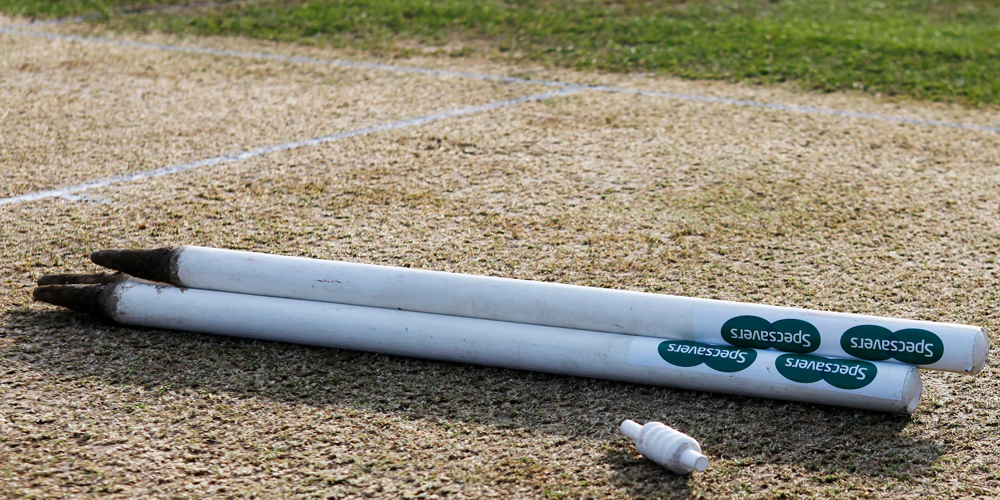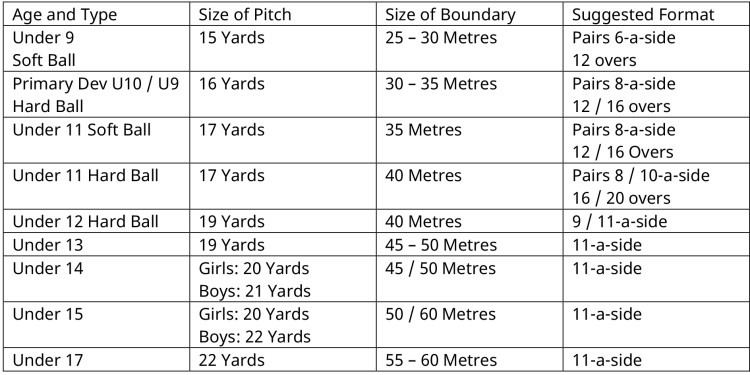
Following the success of other sports such as netball, football and rugby, cricket has looked at clarifying the lengths of pitches across Junior cricket to provide the best outcome for players’ level of enjoyment, engagement and personal development. This has also been supported by a PhD study at Loughborough University as well as research in key cricket markets, such as New Zealand and Australia.
A vast amount of information and data was collected following a series of pilots in 2017 in Derbyshire, Nottinghamshire and Warwickshire. Additional analysis was also collected in 2018 from 20 leagues across the UK, along with the Under 13’s County Girls competition.
During the past two years in Essex we have also been piloting some of the new suggestions through the Eagles Nests and the Primary Development Group, which had a high level of success and positive feedback from players and parents.
A weakness of the current arrangement has highlighted an issue whereby a player could play junior matches on four different sized grounds in one season. To overcome this inconsistency, the County Youth Participation Group has taken the decision to adopt the revised ECB recommendations for pitch lengths for junior games across the county, which will also be rolled out in National County competitions too.

To support this decision here are some key findings from the research undertaken by the ECB around the smaller pitches for junior cricket:

As well as the many positives, we are fully aware that this change will impact the ground setup, but the plan is to run workshops during March in the five District areas to showcase the possibilities and provide an opportunity for questions and feedback. Work is also being carried out with local councils and the Essex Groundsman Association to discuss how grounds can cope with the formats.
In the meantime, the suggested playing conditions for the Under 9’s and Under 11’s Softball formats is to use the outfield as the playing area. With the hard ball competitions, on a pitch that can’t be marked out at 16 or 17 yards or there is no non-turf pitch available, a suggestion is that the batting is done at one end for a whole innings. In this instance, the bowler’s end marked by plastic/spring stumps and cones, which can be switched between innings.
Another noteworthy point is that these recommendations do allow coaches and officials to be proactive in games to help create an enjoyable environment for all participants. This may include the need for more developed players to bowl using the front line of the bowling crease rather than the popping crease, as one example. The key is that we look at developing the right environment for the 95% of players rather than the 1 or 2%.
It is appreciated that this could present a big change in how cricket is delivered to juniors, but we feel that with the research and pilots undertaken so far and the need for clarity on length of pitches around the county shows the need for change. We believe that this is positive progression for the game as we all work together to make Essex the number one homegrown county to ‘Excite, Engage and Enhance Clubs, players and volunteers.
If you have any questions or observations, then please feel free to contact the Essex Cricket in the Community team who will be happy to help answer any queries you may have, by phone on 01245 254005.
VIEW THE ECB RECOMMENDED FORMATS – Here








